Sustainability for kids

If you have seen the 2008 animated film WALL-E, you know that it packs consumerism, waste management, human environmental impact, obesity, and global catastrophic risk all into a dialogue-sparse yet entertaining children’s film. With this film in mind, our Head of Impact and Sustainability (and proud father) Paul Hailey wondered if we could find other films or books that would educate kids about sustainability while still managing to entertain them, especially as many schools break for the summer. So we polled our sustainability experts (also proud parents), and here are their recommendations for kid-friendly sustainabilitainment!
David Mazaira – Carbon Impact Specialist
Cartoon (English): Captain Planet and the Planeteers
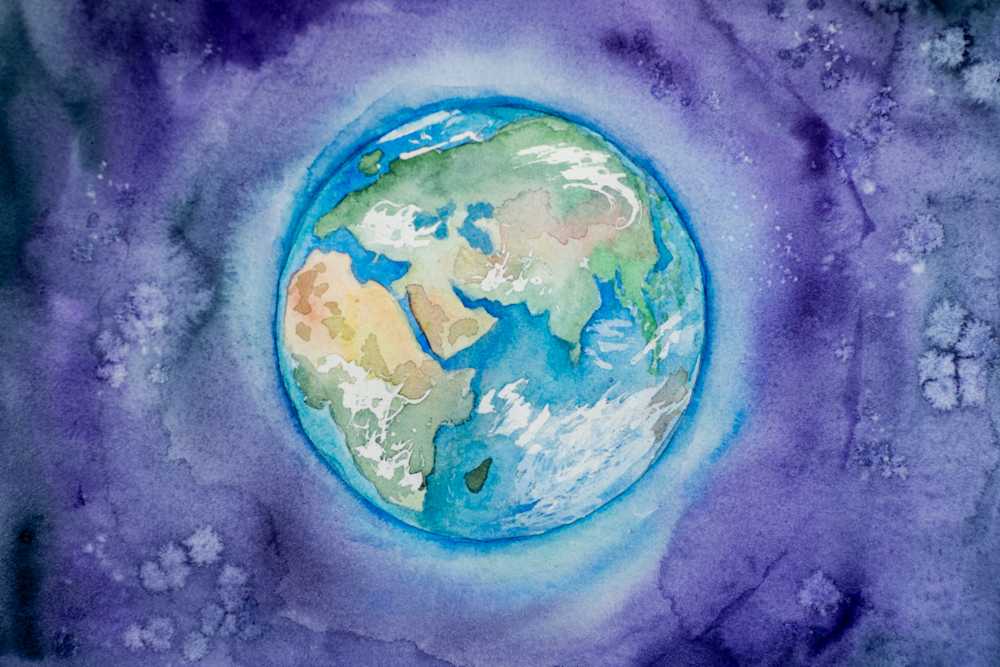
Summary: The show aired from 1990-1996. In the show, Gaia (with the voice of Whoopi Goldberg in the original version!), the spirit of Earth, creates a team of five teenagers, the “planeteers”, from different nations around the world. Each kid is given a magic ring that has either the power of earth, wind, water, fire or heart, and when they combine their powers they summon Captain Planet. Together they help solve ecological disasters, promote sustainable behavior and other world problems.
Why watch: The show is 30 years old, which shows climate/environment action is not a recent topic and that there’s still a lot to do in next 30 years to come.
Interesting fact: The Captain Planet Foundation exists and provide grants to promote STEM learning and different environment related programs.
Eva Tschannen – Head of Technical Assistance
Book (German): Geld zu verkaufen! von Lorenz Pauli
Target group: For kids aged 6-8 years
What they learn: The book introduces the concept of “money” and the value we put on it but also touches topics such as earning and sharing.
Book (German): Wie viel wärmer ist 1 Grad?
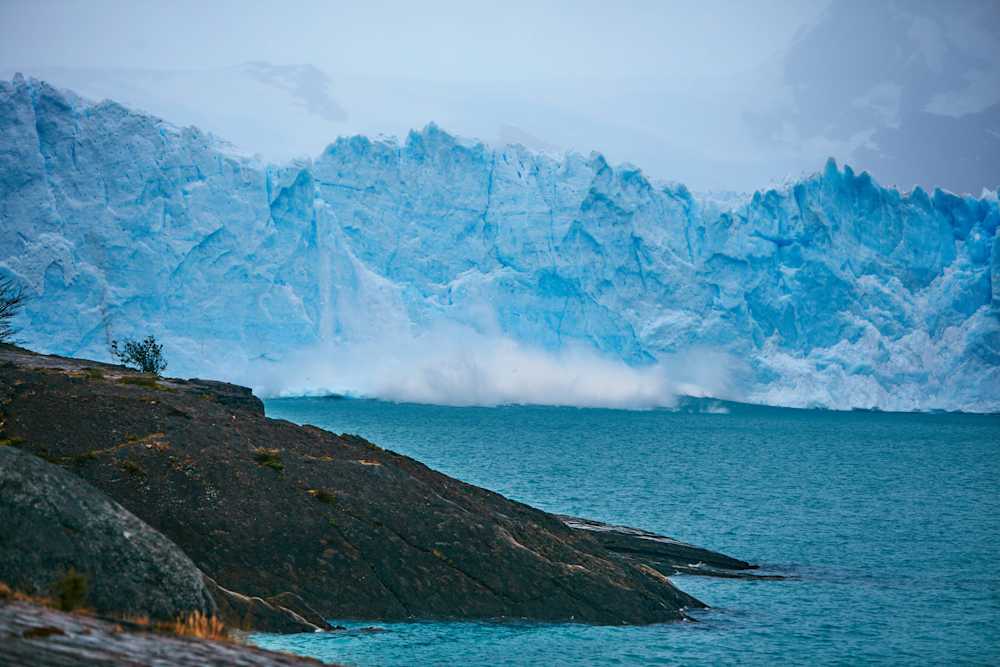
Target group: For kids aged 8 years and older
What they learn: Nice illustrations of complex topics related to climate change and that explain for kids what they can do to reduce their carbon footprint.
Book (English & German): Good Night Stories for Rebel Girls
Target group: For kids aged 8 years and older
The story in brief: Inspiring portraits of women (historic figures and living). The topic really is EMPOWERMENT.
What they learn: Having courage to explore the world with your own abilities/self-confidence.
BTW: There are similar books for boys: Stories for Boys Who Dare to be Different
Book (German): Globi und die Energie
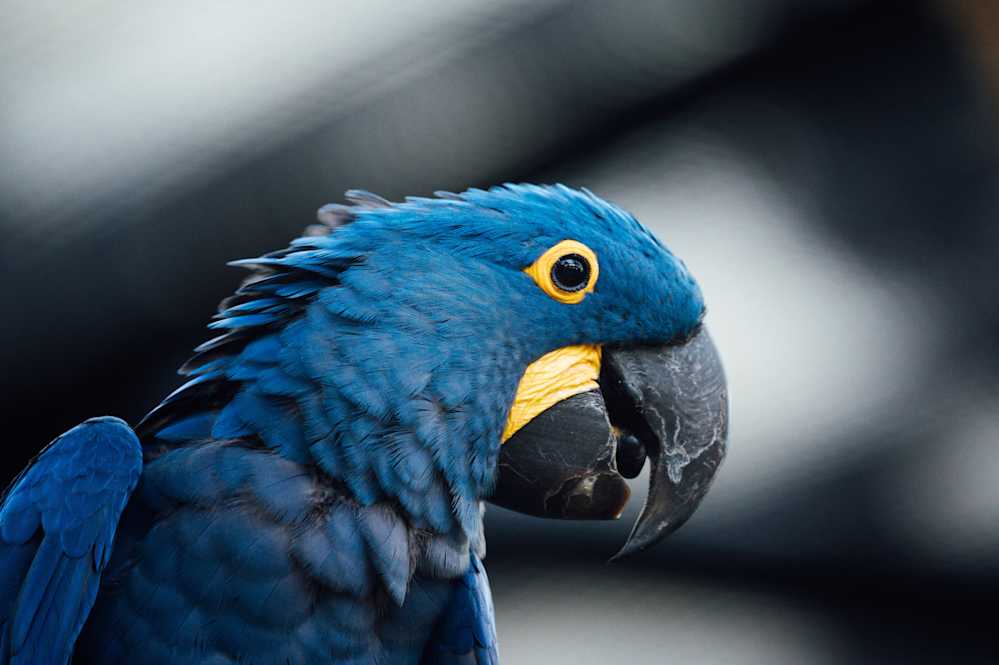
Target group: For kids aged 8 years and older
What they learn: Broad range around climate change: sufficiency, energy transition, impacts of climate change, recycling, energy grid, types of renewable energy etc. are illustrated / experienced and explained by Globi, a blue parrot.
Also: So viel Müll!
My son is also passionate for his monthly magazine from Mitgliedschaft Panda Club | WWF Schweiz.
Balder Vestad – Head of responsAbility Nordics
Cartoon (French): Once upon a time (Il était une fois)
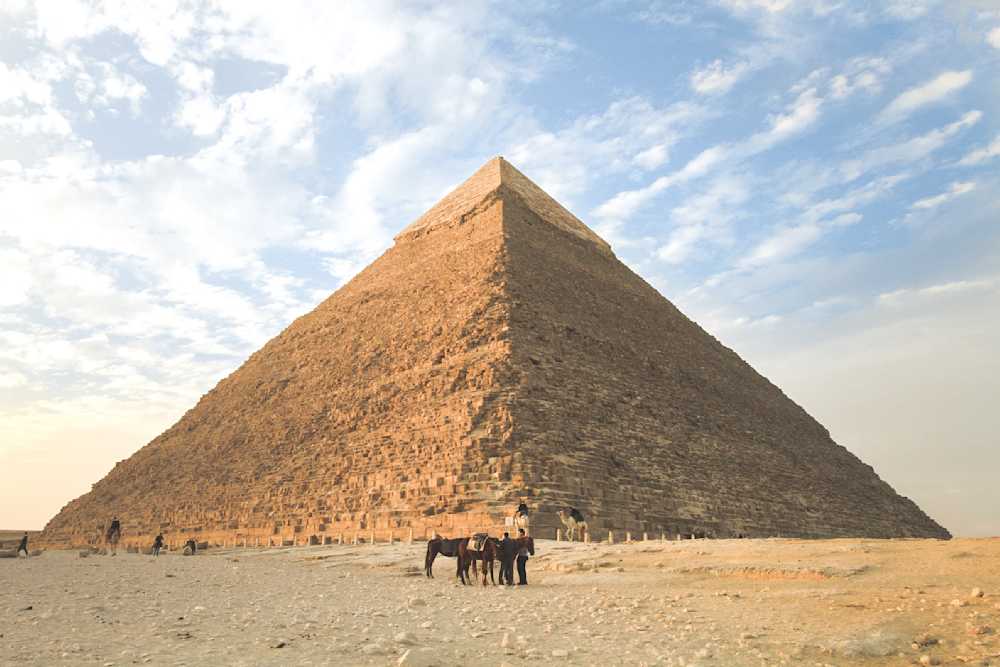
Why watch: There is a great episode about the human body, but they had seasons on many different topics, including the importance of taking care of the planet.
Summary: Once upon a time…man (final episode) (1978) Summarizes the history of humanity, how it took the planet 5 billion years to create the perfect conditions for humans, and how it’s taking us a few centuries to tear it all apart. Despite simplistic animations, it’s a fascinating mix of entertainment, social and natural sciences. And they were pretty avant-garde to sound the alarm bells so clearly in a kids show in the 1970s(!). They also released a series in 2008 that was pretty spot on if you scroll through the episode guide.
Once upon a time…Planet Earth (2008) : French TV series explaining the science and history behind topics such as fossil fuels, poverty, agriculture, recycling etc. Edutainment on important sustainability topics!
Stacy Fiehler – Head of Marketing & Communications
Magazine (English & Spanish): Ranger Rick
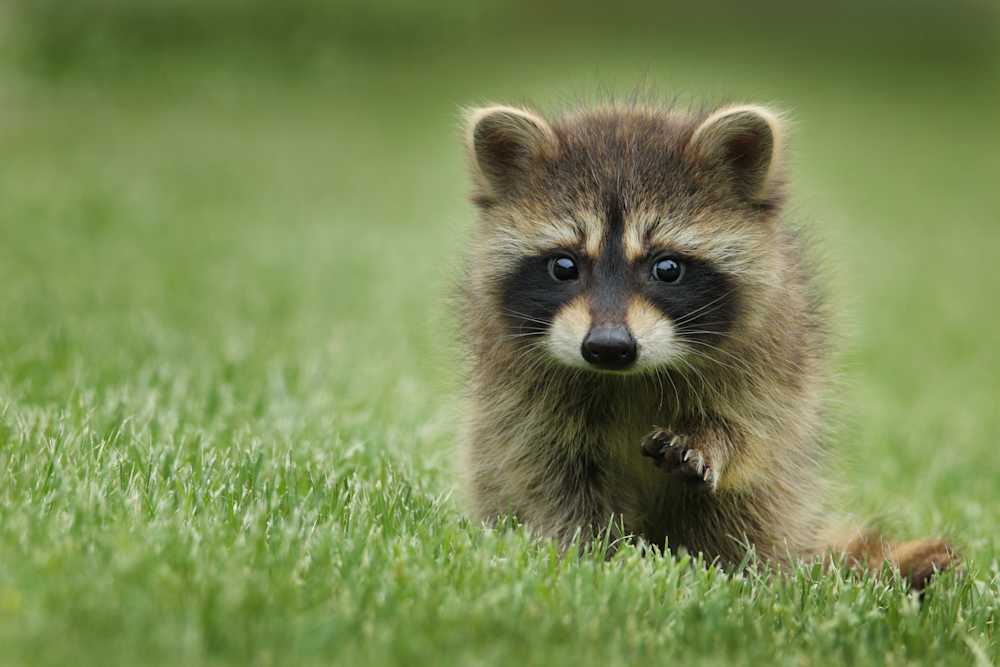
Summary: A monthly magazine with various versions depending on the kid’s age, published by the National Wildlife Federation in the US.
Why read: It teaches kids a deep appreciation for animals, biodiversity and how we are all connected through our actions. Using stories, pictures, games and activities, it’s a fun way for kids to learn about the environment around the world and to foster their love of nature.
Martin Heimes, Co-Head of Financial Inclusion Debt
Film: Vaiana (also known as Moana)
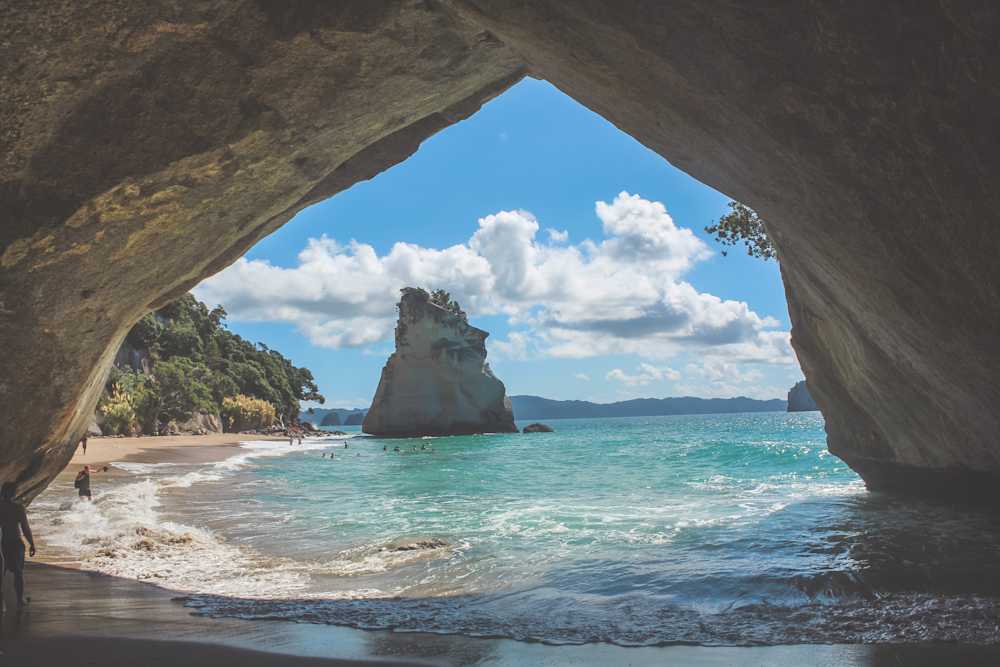
Summary: The film tells the story of a strong-willed daughter of a chief of a Polynesian village, who is chosen by the ocean itself to reunite a mystical relic with the goddess Te Fiti. When a blight strikes her island, Moana sets sail in search of Maui, a legendary demigod, in the hope of returning the relic to Te Fiti and saving her people.
Why watch: With bravery, compassion, and relentlessness, we see what an empowered young woman can do to save her people and save her environment.
Laura Dean – Brand & Marketing Specialist
Book/Film: The Lorax
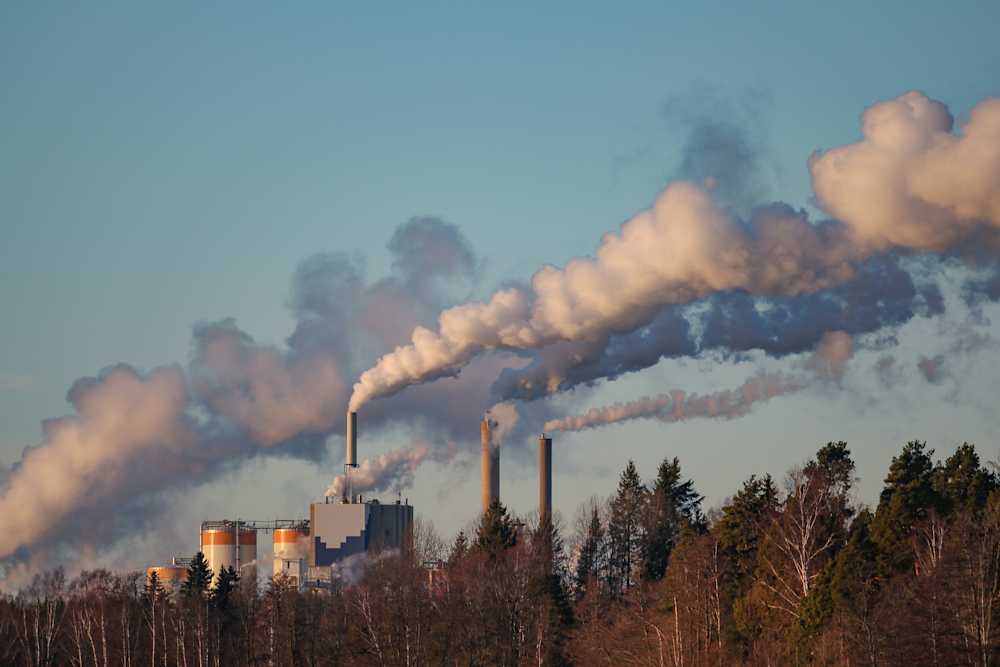
Summary: In the story, a boy ventures off to the far end of town and finds the old house of the evil Once-ler, where he hears the story of how his world came to be so gray and polluted.
Why watch/read: Classic environmental story (adapted for modern audiences in the 2012 movie) with the message that the environment must be protected against those who only seek profit from it. I personally find the book’s environmental message is clearer than in the movie, but the movie is less gloomy and hence more entertaining for younger children.
Sharad Venugopal – Senior Investment Officer
Book (English): The Giving Tree by Shel Silverstein
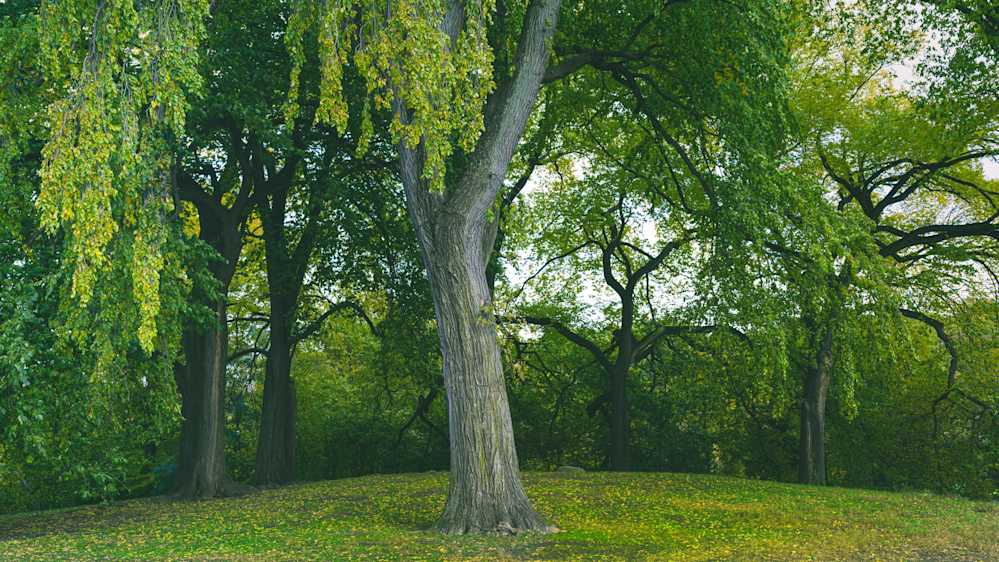
Summary: The Giving Tree is a classic illustrated poem about the relationship between a boy and the (giving) tree over the boy’s lifetime.
Why read: The poem is really about our relationship with nature – the boy keeps taking (shelter, fruit, wood) while the tree keeps giving. But we also occasionally see a deeper, unconditional relationship between man and nature which we see when the boy is a toddler and when he becomes an old man.
Film: Avatar by James Cameron
Summary: Earth faces an energy crisis, and humans want to mine unobtanium, a rare mineral on the planet Pandora. Pandora is inhabited by the ten-foot tall and blue-skinned Na'vi, who live in harmony with nature and worship the Mother Goddess Eywa. What could go wrong?
Why watch: Avatar is not science fiction – humanity’s penchant for unsustainable growth is already in conflict with nature and isolated communities are already facing the brunt of our constant need for bigger and better.